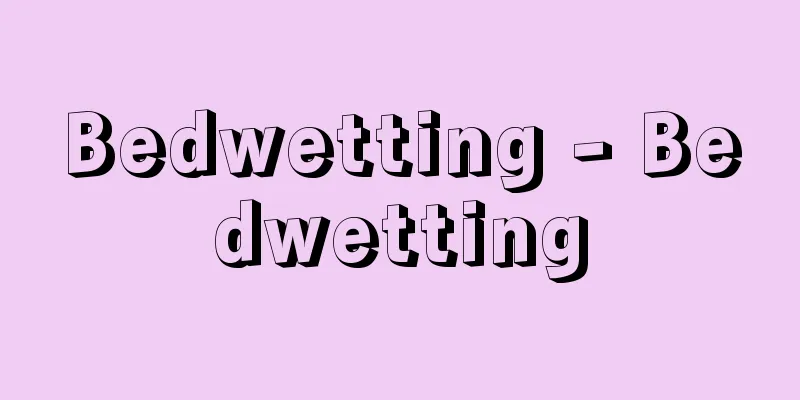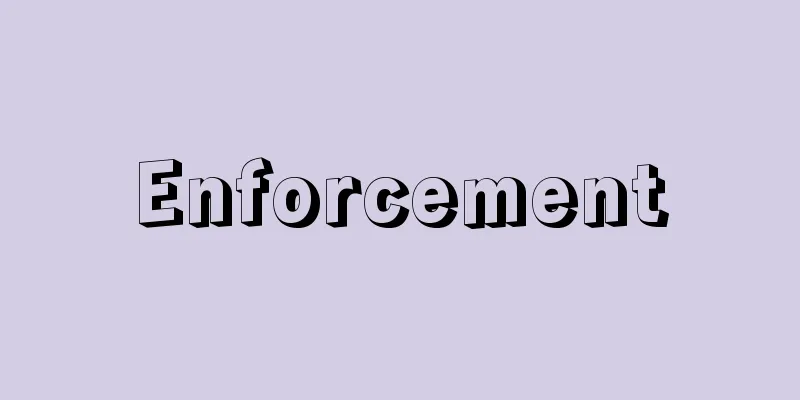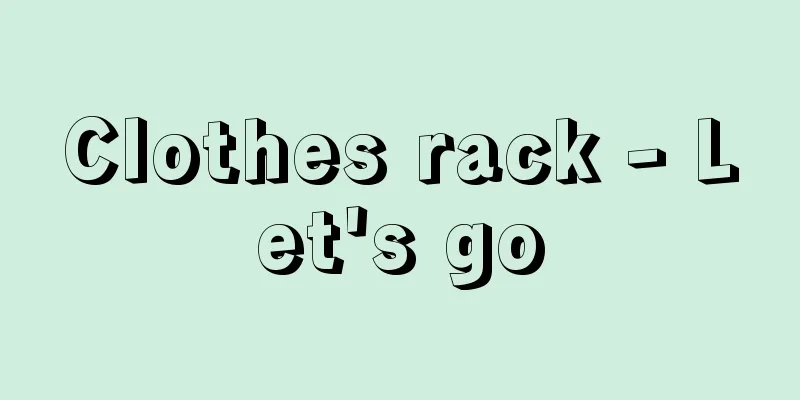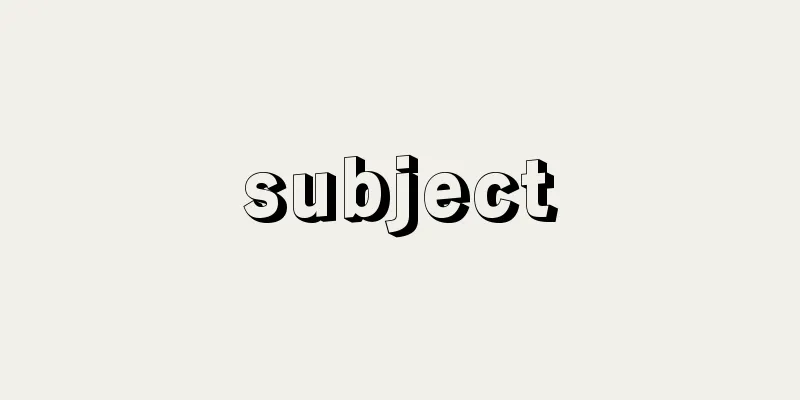Bedwetting - Bedwetting

|
Among enuresis, which is when you urinate unconsciously, urination that occurs during the night while half asleep is called nocturnal enuresis or bedwetting. When it occurs during the day, it is called diurnal enuresis or diurnal enuresis, but the majority of enuresis cases are nocturnal enuresis. It is included in urinary incontinence, which is when you leak urine unconsciously. Bedwetting is seen in children at an age when they have acquired bladder control through urination training, and is generally believed to be the result of improper urination training. Children usually learn to urinate into a toilet around the end of the second year of life, and although there is a large individual difference in the time when urination control by the central nervous system is completed, it is generally thought to be between the ages of three and five. Therefore, if unconscious urination is frequently observed after this time, it is considered to be pathological and is called bedwetting. Bedwetting is rarely caused by abnormalities in the urinary system or central nervous system, and is often the result of mothers rushing to train their children to urinate. It is recommended to start urinary training around the age of one, avoiding the winter season. Infant urination and defecation training is based on a conditioned reflex, which can be disrupted by various environmental factors. In this case, it is desirable for the mother not to become impatient or discouraged, and to persevere as if she were starting over from the beginning. If the child is forced to urinate one or two hours after going to bed, a conditioned reflex is formed in which the child urinates when he or she becomes half asleep before the bladder is filled with urine, so forcing the child to urinate while crying in the middle of the night is counterproductive. Reassure the child that bedwetting can be cured, encourage the child to get enough sleep, and encourage the child to record any failures on a calendar to encourage them, and have the child actively participate in the treatment. There are various types of treatment, including folk remedies and drug therapies, but suggestion and psychotherapy are the most effective. [Yamaguchi Noriko] [Reference] |Source: Shogakukan Encyclopedia Nipponica About Encyclopedia Nipponica Information | Legend |
|
無意識のうちに排尿してしまう遺尿症enuresisのうち、夜間睡眠中に夢うつつの状態で排尿するものを夜尿症または夜間遺尿症という。日中にみられるものは昼尿症または昼間遺尿症というが、遺尿症の大部分は夜尿症である。無意識のうちに尿を漏らす尿失禁に含まれる。 夜尿症は、排尿のしつけによって膀胱(ぼうこう)機能の調節を獲得した年齢の小児にみられ、一般に誤った排尿のしつけによるとされている。普通、2歳の終わりころから便器への排尿を覚え、中枢神経系の排尿調節が完成する時期は個人差が大きいが、だいたい3~5歳の間とみられている。したがって、それ以後に無意識排尿がしばしばみられる場合、病的とみなして夜尿症という。泌尿器系や中枢神経系に異常があって夜尿症となるものはむしろ少なく、排尿のしつけを母親が急ぎすぎた結果であることが多い。 排尿のしつけは冬季を避け、1歳前後に始めるのが適当とされる。乳児期の排尿・排便のしつけは条件反射によるものであり、種々な環境的因子によってこれが崩れることがある。このとき、母親が焦ったり落胆したりしないようにし、最初からやり直すつもりで根気よく行うことが望まれる。就床後1~2時間目に強制的に排尿させられると、尿が膀胱に満たされないうちに夢うつつの状態になると排尿するという一つの条件反射ができてしまうので、無理に夜半に起こして泣かせながら排尿させたりするのは逆効果である。子供に対し夜尿症は治すことができると強調して安心させ、睡眠を十分にとらせるほか、失敗しなかったときにカレンダーに記録して励みとさせたり、治療に積極的に参加させる。民間療法や薬物療法など種々のものがあるが、暗示と精神療法がもっとも効果的である。 [山口規容子] [参照項目] |出典 小学館 日本大百科全書(ニッポニカ)日本大百科全書(ニッポニカ)について 情報 | 凡例 |
<<: Janus - Janus (English spelling)
Recommend
Battle of Verdun - Battle of Verdun
The Battle of Verdun (northeastern France) took pl...
Ethyl methyl lead - Echiru Mechiru dialect
... refers to compounds added to gasoline to prev...
prune
…It is widely cultivated in areas of Europe and t...
Preface to the Educational System
…Thus, it was drafted in a very short time and en...
Argon oxygen decarburization
...It first appeared as the cheapest method for i...
chair
…The English word chair is a seat with a backrest...
Poe, Edgar Allan
Born January 19, 1809 in Boston [Died] October 7, ...
"The Crime of Father Amaro" - Father Amaro's Crime
...But his encounters with foreign authors throug...
Sea willow (Virgularia gustaviana)
A coelenterate (cnidaria) of the family Oligocalli...
Arthur Machen
1863‐1947 A Welsh-born British author, Jones' ...
Sulawesi [island] - Sulawesi
A large island in central Indonesia. Formerly call...
Gibbon (long-handed monkey) - Gibbon (English spelling)
A general term for apes belonging to the family Ce...
myrtle-leaf orange
...This includes the Japanese daidai (orange). It...
Yasunobu Miyoshi
Year of death: 8/9/1221 (8/27/1221) Year of birth:...
Phytosterol
…Cholesterol is a precursor of steroids that have...




![Morador (English spelling) [Portugal]](/upload/images/67cd066bd2824.webp)




